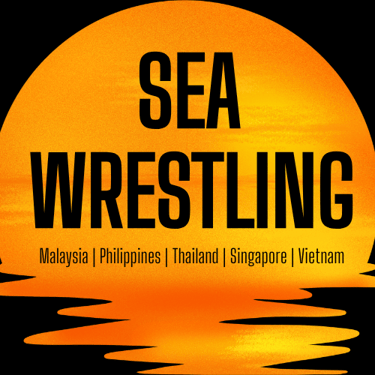The Women of SEA Wrestling
A reupload of the article from our recent SEA Wrestling Magazine Issue 2 where we discuss the women of pro wrestling in Southeast Asia
Simon
5/4/20256 min read
The Women of Southeast Asian Wrestling
It’s been almost 10 years since WWE “officially” kicked off the women’s revolution and brought more attention to women’s wrestling. But the truth is that women in Southeast Asia had already been carving out their place in the sport long before then, saving women’s wrestling from being just about T&A and a sideshow to men. Contrary to that popular rhetoric, the rise of women’s wrestling traces back even further — from NXT to TNA to the female independents of the USA and all the way into the 1980s with the pop culture Joshi boom. These origins have inspired women across Southeast Asia to break down cultural barriers, step between the ropes, and prove they can light up the ring just as well as the men, if not better.
Across all corners of Southeast Asia are pioneering women working together and against one another to highlight women’s wrestling in the region. Some of the standouts include Singapore’s first female wrestler, Alexis Lee; the first hijab-wearing wrestler, Nor ‘Phoenix’ Diana, in Malaysia; and The Philippines’ first transgender wrestler, Chelsea Marie — all breaking down barriers. These are just a few of the many women plying their trade in SEA Wrestling today.
Origins or women's pro wrestling in Southeast Asia
When exploring their beginnings, how each wrestler got started in the sport is as varied as the gimmicks and movesets they use. A common story is like so many other wrestlers worldwide today. Super P (Puso/Dexcon) mentioned in an interview that she became a fan of pro wrestling after watching the enigmatic Lita perform in WWE from 2000–2006. Her wrestling style was then heavily influenced by classic Pinoy wrestling and World of Sport from the UK, where iconic grappler Johnny Saint was one of her favorites.
Nor ‘Phoenix’ Diana was drawn in from watching The Rock, but the rise of women wrestlers in the West certainly provided the motivation for many, such as Super P and Diana, who were further inspired by watching AJ Lee and Sasha Banks, respectively. Others had different motivations. “What actually really got me into it was to go through the high school bullying and wanting to empower myself,” Alexis Lee mentioned in a 2023 interview.
Overcoming Challenges for female wrestlers in Southeast Asia
It hasn’t been an easy start for many of these women to make progress into the world of wrestling. Starting around a decade ago, many of these pioneers had to accept training and wrestling with the men, as there simply wasn’t any other local female competition. Super P and Patricia Ligaia mentioned how the limited amount of competition forces female competitors to be willing to face the men for time in the ring. However, they both believe that women can be just as strong as men, and being in the ring is a great way to get even stronger. Alexis Lee had to wait over a year for another female competitor to face, but this is part of what has built her tough-girl attitude today.
Yet, the obstacles extended beyond just physical competition. The challenges did not end within the ring. Many countries in the region are rather conservative, where the idea of being a wrestler as a man — let alone a woman — might be frowned upon or even mocked by friends and family. “Starting out, nobody knew about me. The only sort of objection I got was from my late mother, who was worried for me. However, I made her a believer when she saw me perform for the first time,” mentioned Diana in an interview in 2020. The situation was the same for Crystal, the first female wrestler in the Philippines. “When I started, it was hard to break that stigma that Filipinas should be at home cooking, cleaning for their husbands. I really wanted to break that stigma. Ever since, I’ve always been a fighter. I did taekwondo, so I think it was very hard to break that stigma that a Filipina should be homesy and cutesy.”
The Women's Southeast Asian Wrestling Scene Today
Since the days of the early pioneers of women’s wrestling in Southeast Asia, more women have joined the profession, allowing for more potential matches and roster depth. This growth highlights just how far the scene has come, evolving from a handful of trailblazers to a thriving community of talented performers.
Alongside Crystal, Super P, and Patricia Ligaia are Chelsea Marie and the powerful Joya. All of them are now heavily featured on Puso Wrestling’s regular YouTube livestream shows, at times even more so than the men. Last year, Dexcon also held a female wrestler-focused show, “Jam of the Joshi’s,” where the local athletes were joined by Alexis Lee and Yuki Kamifuku. All but one match on the card was either a complete women’s bout or featured female competitors, showing the belief the local promotions have in them.
Over in Thailand, PSE’s featured female performer, Fiony, who trained in Japan, continues to be a nightly draw for the shows at Lahee. Other Thai female stars, such as Matcha, continue to step up to international competition, like her recent bout against Alexis Lee.
Further south, the aforementioned Lee, who has always been a key player in SPW thanks to her aggressive moveset, likable character, and ability to chug a beer, is set to main event Unchained, teaming with Da Butcherman against The Statement and Yuki Kamifuku. This contrasting pair, who have also had a series of matches over the last couple of years, have been a top draw for regional promotions, including well-received matches in Singapore, TJPW, and for VPW, where Kamifuku became VPW Women’s Champion at Saigon Slam 2024.
While Lee has been making headlines in Singapore Pro Wrestling, the nation has added to its regular roster of women with Sarah Caldwell humbling some of the male competitors in her tag team “Ships Ahoy,” recently winning the GrappleMax Tag Team Championship. Meanwhile, Indian wrestler Divya has been dominant since making GrappleMax her home base last year. Across the border in Malaysia, the first Malaysian wrestler, Poppy, recently returned to the ring with much excitement. Since then, she has entered a heated feud with Divya, focused on competition and national pride.
Some women in the region are even taking it to the extreme, with Nor ‘Phoenix’ Diana facing off against Cassidy Knight in a cage match for APAC Wrestling.
With all this happening, it’s no surprise many of these ladies have been invited to perform further afield over the last few years. Notable occurrences include Alexis Lee and Crystal, who have already had matches in Japan, China, and Australia, and Nor Diana, who recently represented APAC Wrestling in Texas for Booker T’s Reality of Wrestling.
Between the Ropes
Historically, one of the biggest criticisms of women’s wrestling worldwide was that all the women looked the same, wrestled the same way, and any differences that could be highlighted were cliché, stereotypical, or outright racist.
The women of SEA Wrestling are as different and varied as the regional cuisine. There are the heavy hitters like Joya and Alexis Lee with powerful and aggressive characters and movesets based on their own martial arts backgrounds (check out their Jam of the Joshi’s match). Then you have the glamour of Yuki Kamifuku and Chelsea Marie, who specialize in a variety of kicks during their matches.
In terms of character performance, on one end of the scale are the wholehearted, colorful, and fun members of The Super Friends, Super P and Patricia Ligaia, who light up the ring with their positive message of friendship — all the way to darker, brooding characters like Alexis Lee and arrogant prom queens such as MYPW’s Poppy. Southeast Asia now has two hijab-wearing performers in Sarah Caldwell and Nor Diana, proudly representing their faith and heritage.
The Future of Southeast Asian Women's Wrestling
Having shattered early barriers, women now play a pivotal role in wrestling across the world, especially in Southeast Asia. In each region, almost every promotion has female representation that is only getting stronger. Even in promotions such as VPW, women’s wrestling has been extremely well received and always draws a big house. It’s actually in part thanks to Viva Van’s support in obtaining a wrestling ring that pro wrestling in Vietnam is so established.
The future is bright, with rising stars ready to carry the torch and deepen the talent pool. As WWE continues its global rise and more promotions showcase what women can do, it won’t be long until SEA rosters are packed with female competitors.
Then what happens? Perhaps more championships, more women-only shows, or even a Southeast Asian Joshi promotion working with companies like Stardom, Marigold, or TJPW in Japan. The possibilities are endless — and the women of SEA Wrestling are just getting started.
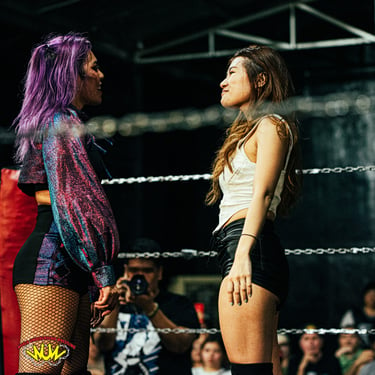
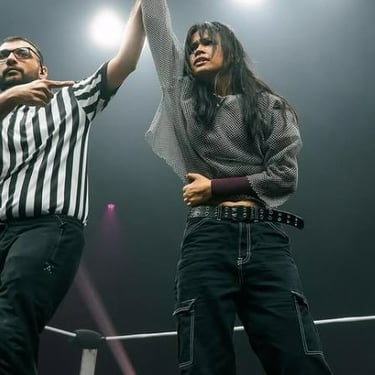
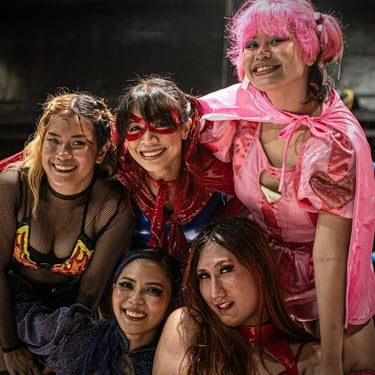
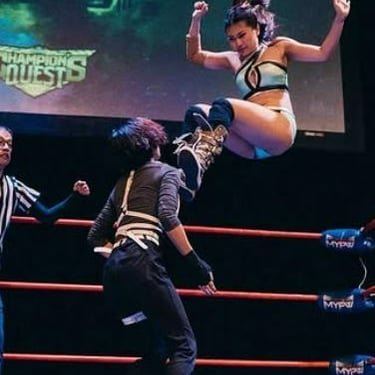
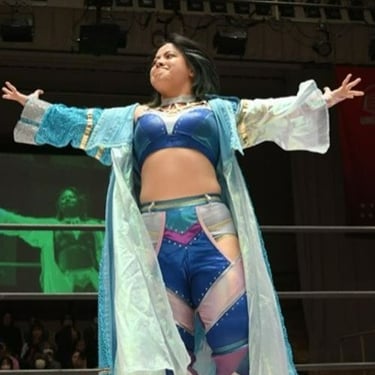
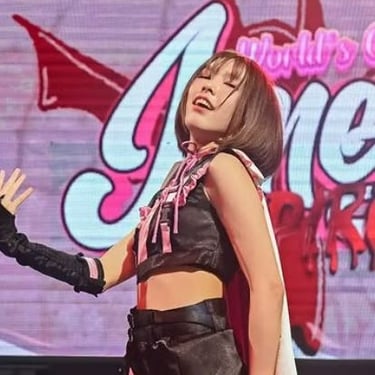

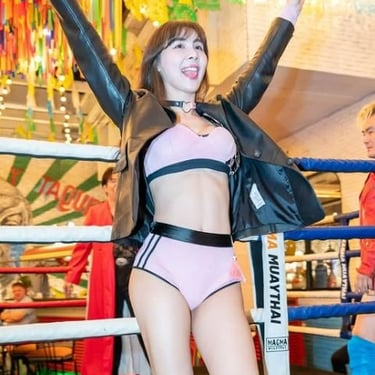
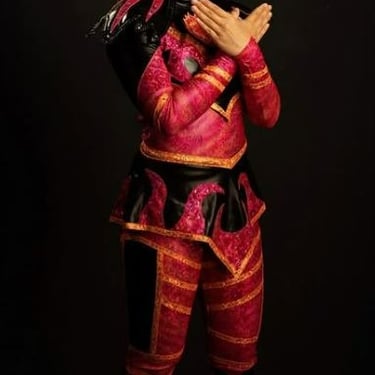
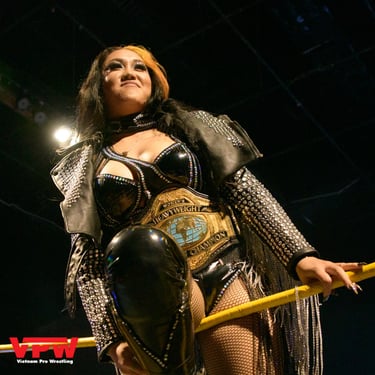

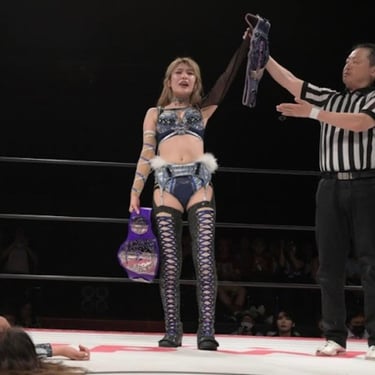



SEA Wrestling
Your source for Southeast Asia pro wrestling news.
CONTACT
contact@seawrestling.com
